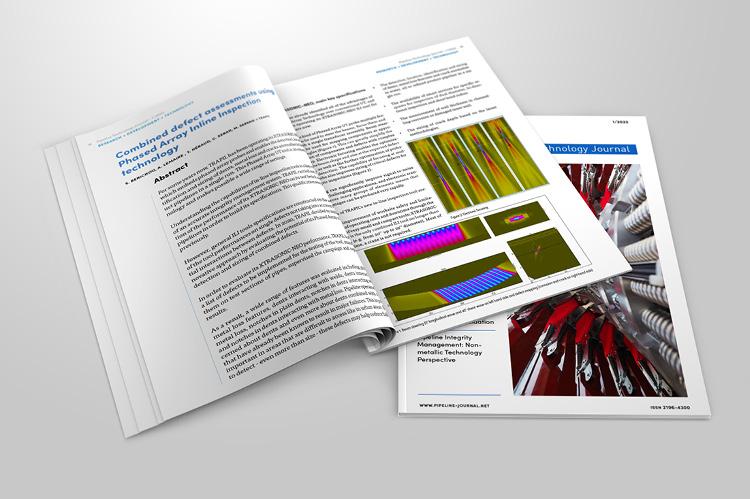Combined defect assessments using Phased Array Inline Inspection technology

For some years now, TRAPIL has been operating its XTRASONIC-NEO ILI tool which embeds phased array probes and enables the detection, location, identification and sizing of dents, metal loss and cracks anomalies in liquid product pipelines in a single run. This Phased Array UT tool is an emerging technology and makes possible a wide range of settings.
Understanding the capabilities of in-line inspection tools is a key component of an accurate integrity management system. TRAPIL carried out an evaluation of the performance of its XTRASONIC-NEO on its test bench and its real pipelines in order to build its specifications. This qualification was presented previously.
However, general ILI tools specifications are constructed on the assessment of the tool performances on single defects not taking into account the potential interactions between defects. In 2020, TRAPIL decided to initiate an innovative approach by evaluating the potential of its Phased Array tool for the detection and sizing of combined defects.
In order to evaluate its XTRASONIC-NEO performance, TRAPIL has selected a list of defects to be implemented for the testing of the tool, manufactured them on test sections of pipes, supervised the campaign and reported the results.
As a result, a wide range of features was evaluated including plain dents, metal loss features, dents interacting with welds, dents interacting with metal loss, notches in plain dents, notches in dents interacting with welds and notches in dents interacting with metal loss. Pipeline operators are concerned about dents and even more about dents combined with metal loss that have already been known to result in major failures. This is particularly important in areas that are difficult to access like in urban areas. Being able to detect - even more than size - these defects may help reduce failures.
